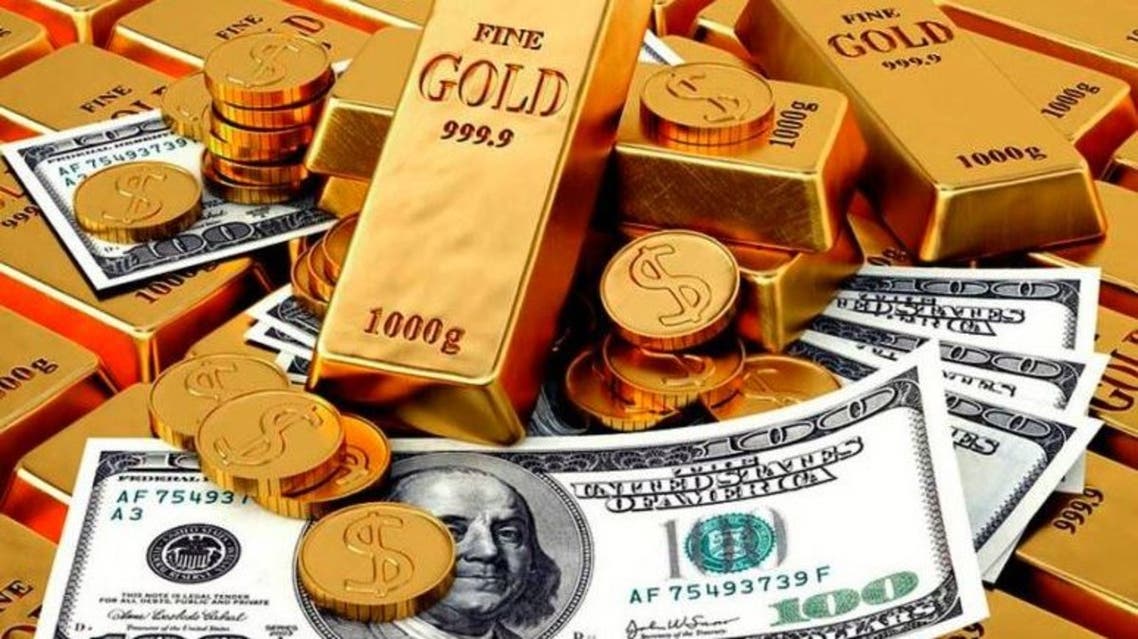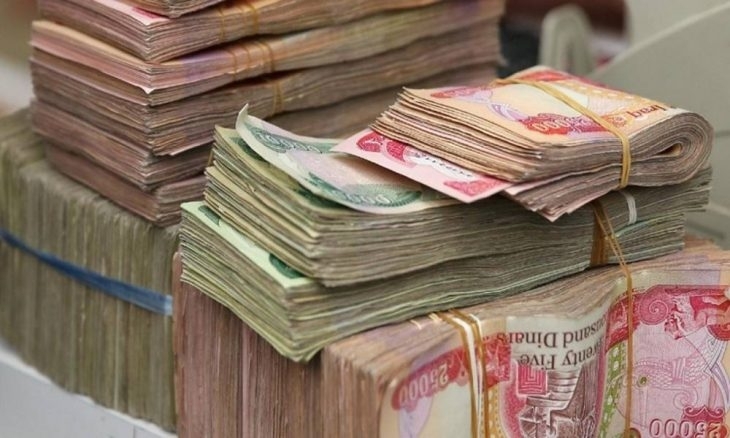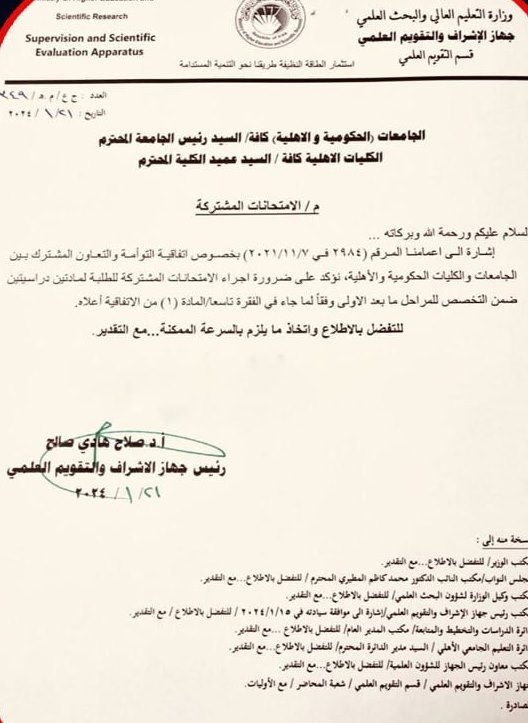استقرت أسعار الذهب يوم الثلاثاء على الرغم من ارتفاع الدولار وعوائد سندات الخزانة، حيث بقي سعر الذهب الفوري عند 2018.03 دولارا للأوقية وزادت العقود الآجلة للذهب بنسبة 0.3 بالمئة إلى 2029.10 دولارا للأوقية. وصعد مؤشر الدولار بنسبة 0.1 بالمئة، وزادت عوائد سندات الخزانة القياسية لأجل 10 سنوات بالقرب من 4 بالمئة. وبالنسبة للمعادن النفيسة الأخرى، انخفض البلاتين بنسبة 0.6 بالمئة إلى 893.16 دولارا للأوقية، وتراجع البلاديوم بنسبة 0.8 بالمئة إلى 946.41 دولارا للأوقية. وهبطت الفضة بنسبة 0.4 بالمئة إلى 22.93 دولارا للأوقية.
The prices of gold remained stable on Tuesday despite the rise in the dollar and treasury yields, with the spot price of gold remaining at 2018.03 dollars per ounce by 03:41 GMT. Most of the US markets were closed on Monday for a holiday. Gold futures rose by 0.3 percent to 2029.10 dollars per ounce. The dollar index rose by 0.1 percent while the yields on 10-year treasury bonds approached 4 percent, making dollar-priced alloys less attractive to foreign buyers. As for other precious metals, platinum fell by 0.6 percent to 893.16 dollars per ounce, palladium dropped by 0.8 percent to 946.41 dollars per ounce, and silver decreased by 0.4 percent to 22.93 dollars per ounce.
وانخفضت أسعار الذهب والفضة، وأن زيادة الدولار الأمريكي وعوائد السندات الحكومية المرتفعة جعلت الأصول المقومة بالدولار أقل جاذبية ومن المتوقع تصاعد توترات التجارة بين الولايات المتحدة والصين قد يدعم الذهب في المدى الطويل. وقالت اندريا هوتر، محللة للتعاملات المالية في مجموعة إنغ، “لا شك في أن العوائد المرتفعة تكون سيئة للدولار ولكنها تستدعي ارتفاع أسعار الفائدة، مما قد يؤثر سلباً على السوق الأمريكية”. وشهدت الأسواق العالمية خسائر كبيرة في ظل توقعات متزايدة بأن يخرج الاقتصاد العالمي من ركوده.оличество вновь возрасло за рубежом.
The prices of gold and silver declined, as the increase in the US dollar and high government bond yields made dollar-denominated assets less attractive, and the expected escalation of trade tensions between the United States and China may support gold in the long term. Andrea Hotter, a financial transactions analyst at ING, said, “High yields are certainly bad for the dollar, but they require higher interest rates, which could negatively affect U.S. market.” Global markets have seen significant losses amidst growing expectations that the global economy will emerge from its recession.










